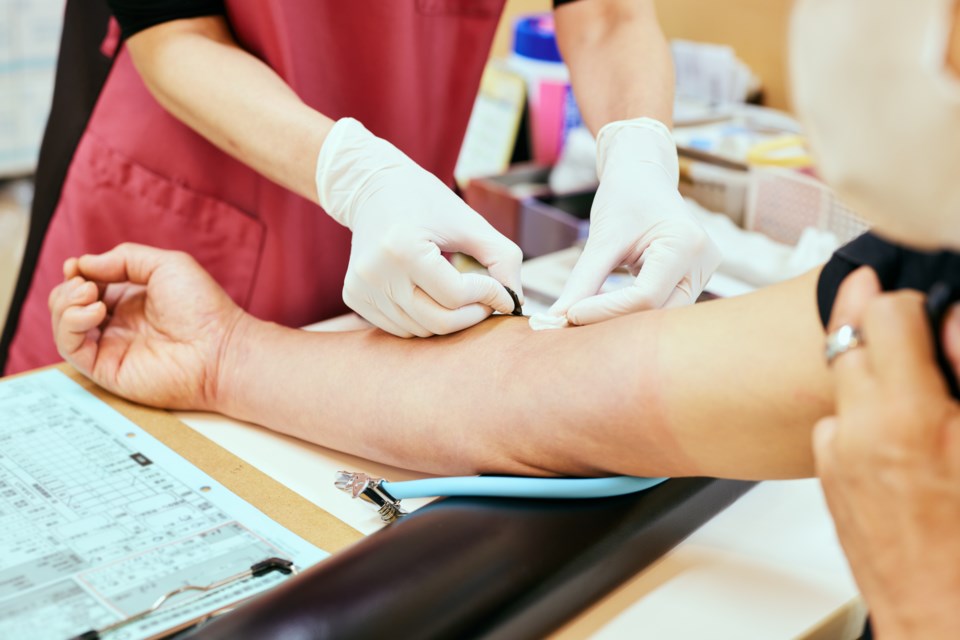Amid a historic labour shortage, Interior Health will no longer require post-secondary education for workers whose primary role is to draw blood from patients, provoking an uproar from trained lab assistants.
Recent Interior Health job postings for a “lab phlebotomist” position require just a Grade 10 education and a year of relevant experience.
It brings with it a job description—drawing blood and entering test results—that is extremely similar to a lab assistant’s job.
Lab assistants, however, need up to a year of post-secondary education that includes courses on subjects like medical terminology, physical anatomy and more.
“They're just flying by the seat of their pants,” said an upset Interior Health lab assistant, who Castanet is providing anonymity to to protect their employment. “A lab assistant’s main job is to collect blood from people. And a phlebotomist's main job is to collect blood from people.”
In a statement to Castanet, Interior Health acknowledged that the “lab phlebotomist” role is a newly-invented one that will require on-the-job training.
“The program includes four weeks of full-time didactic theory supplemented with eight weeks of hands-on practicum training time,” Interior Health said.
“It meets all the provincial accreditation and mandatory competencies for venipuncture collection (drawing blood).”
But the trained lab assistant Castanet spoke with says a year of university or college education can’t be condensed into four weeks.
“On-the-site training is not the same as a university-led course with a graduation of high school. On-the-job training is somebody like me, training somebody with not even a high-school education, to essentially do my exact same job for almost the exact same pay.”
The lab phlebotomist role lists a starting wage of $24.04.
A lab assistant starts at $25.31 per hour.
Money aside, the lab assistant raised concerns about patient safety.
“You're in an emergency situation, you're in a trauma, you're in a car accident, you get rushed into the hospital, and all of a sudden, you have this person straight out of Grade 10 with a needle trying to stab you, and get some blood out of you,” the IH employee said.
“Would you trust your housekeeper to rush on over there in an emergency trauma situation and collect vital information and bring it to the lab? Because that's what they're doing.”
Interior Health says there is an urgent need for lab staff across the country, and as a result, pursued “an innovative solution” to train phlebotomists on the job.
“Following a successful initial cohort and extensive evaluation, a second intake is underway,” IH said.
The lab assistant, however, says the health authority is just lowering hiring standards rather than improving working conditions and wages.
With relatively low wages compared to the rest of the healthcare sector, and a significant amount of abuse hurled at them during the pandemic, the lab assistant says a staff shortage is inevitable.
“They're trying to curb the fact that nobody wants to go into healthcare, except maybe the people who, you know, don't have enough education to do anything else. They're targeting those people.”
The lab assistant says the phlebotomists training program was not discussed with existing staff and there are concerns they will have to carry the burden of training under-prepared employees.
“Don’t tell us that our education is obsolete and pay these guys the same amount.”



